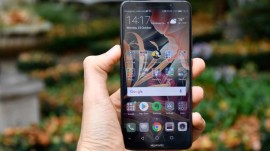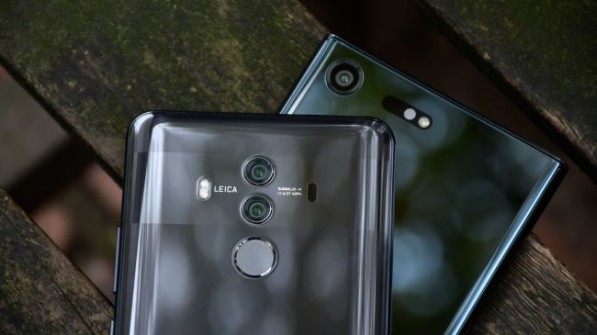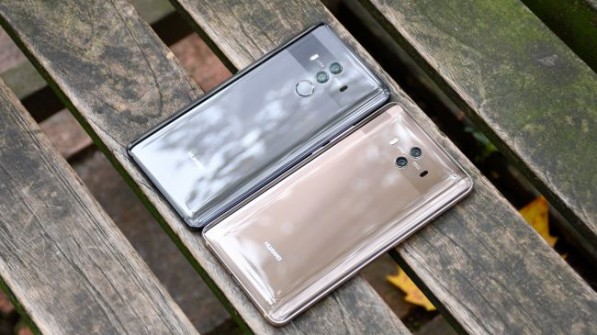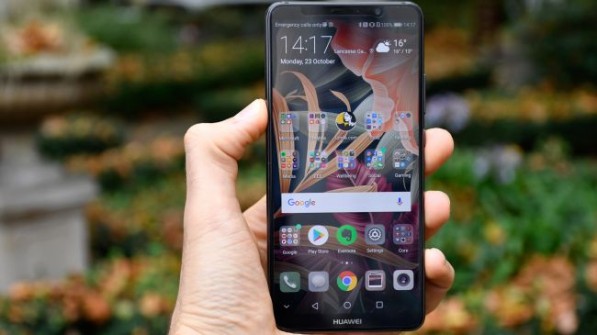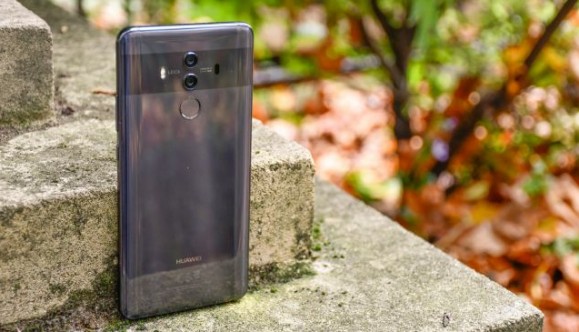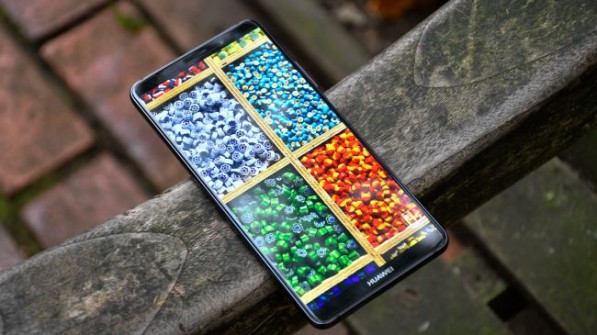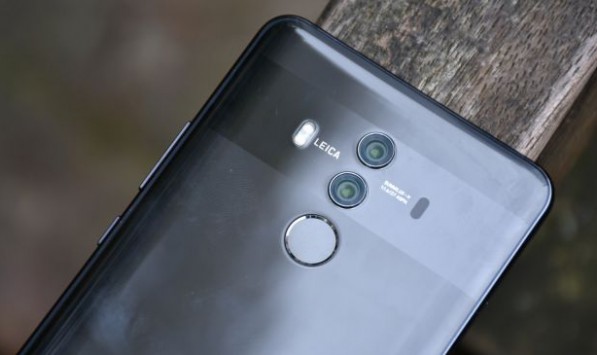The dual-camera results in two mini camera bumps, while the fingerprint scanner has a nicely tactile recess to ensure a quick finger fumble will naturally find it.
While camera bumps aren’t ideal, as with the Google Pixel 2, the fact the cameras are physically independent discs of glass means that a smashed back won’t necessarily mean a smashed camera.
Easy to press buttons adorn the phone’s right-side, a USB-C port is at its base while the SIM tray sits on the left-side. This means that with no real complaints when it comes to the design and screen, save for the slightly irksome camera bumps, things have gotten off to an excellent start.
Add to that availability in four colors, Mocha Brown, Midnight Blue, Titanium Gray and Pink Gold, and there should be something for everyone in the Mate 10 Pro color portfolio – even if their communications strategy around the colors could do with some refining.

